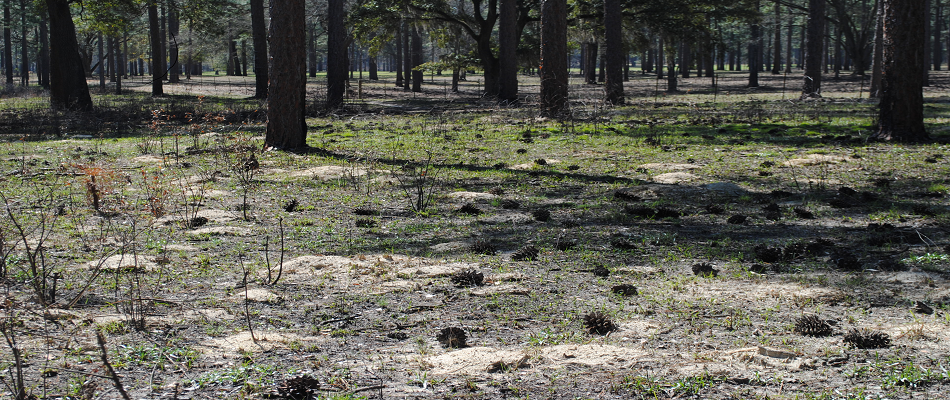The purpose of this project is to gather location information on southeastern pocket gopher mounds to help supplement a large-scale surveying effort being conducted by the University of Georgia, the University of Florida, Florida Fish and Wildlife conservation commission, Georgia Department of Natural Resources, Auburn University, and the Joseph W. Jones Ecological Research Center.The ...more ↓
The purpose of this project is to gather location information on southeastern pocket gopher mounds to help supplement a large-scale surveying effort being conducted by the University of Georgia, the University of Florida, Florida Fish and Wildlife conservation commission, Georgia Department of Natural Resources, Auburn University, and the Joseph W. Jones Ecological Research Center.The southeastern pocket gopher appears to be declining throughout its range of Florida, Alabama, and Georgia. It's listed as a Species of Greatest Conservation Need in all three states and is threatened in Georgia.
The southeastern pocket gopher is a solitary burrowing mammal native to the coastal plains region in the southeastern United States.They dig extensive underground burrow systems where they spend large amounts of time foraging for roots and tubers. Since the gophers' lives are spent almost exclusively underground, animal observations are typically not possible; however, fresh pocket gopher mounds can be used to locate the gophers. These mounds are created as the gopher excavates tunnels and pushes unwanted soil and sand to the surface. The mounds can vary in size, quantity, and color but freshly made mounds are generally made of soft, fluffy soil unlike fire-ant mounds which tend to be made of a crumbly or grainy textured soil. A picture is required with observation to distinguish between the two.
The icon photo was taken by John Trent at the Wehle Land Conservation center. The project cover photo was taken by Elizabeth Parsons at the Joseph W. Jones Ecological Research Center.
less ↑






